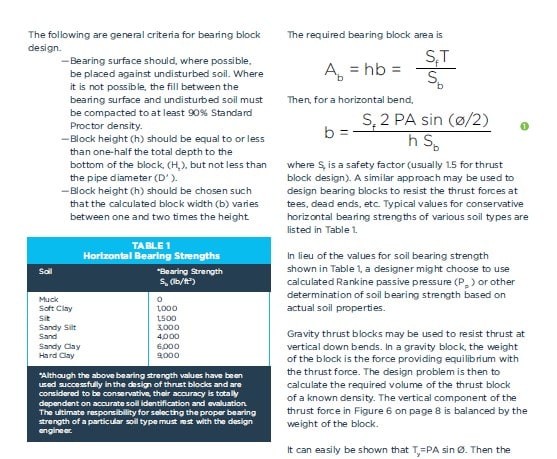Hi Everyone,
I've searched if there were similar posts with my question but couldn't finding anything specific, other than on a thread that was closed so here it goes.
When it comes to thrust block sizing, NFPA 24 calculation methodology includes a Factor of in their equation and at least NFPA 24 2010 refers to that factor of safety as "...usually 1.5" Can someone point me to literature as to what determines what that factor of safety should be? Is it dependent on the quality of data collected during the soil investigation? Or is it a designer's call based on engineering judgement? Thanks for your help.
I've searched if there were similar posts with my question but couldn't finding anything specific, other than on a thread that was closed so here it goes.
When it comes to thrust block sizing, NFPA 24 calculation methodology includes a Factor of in their equation and at least NFPA 24 2010 refers to that factor of safety as "...usually 1.5" Can someone point me to literature as to what determines what that factor of safety should be? Is it dependent on the quality of data collected during the soil investigation? Or is it a designer's call based on engineering judgement? Thanks for your help.

